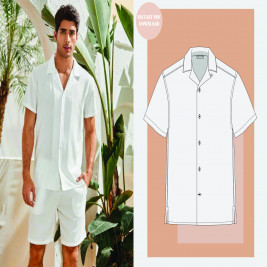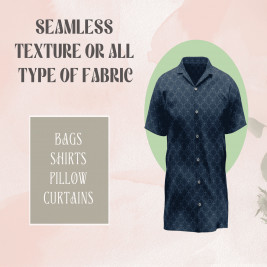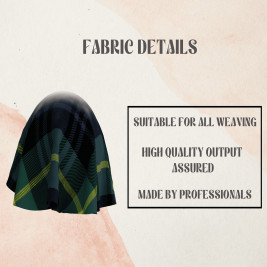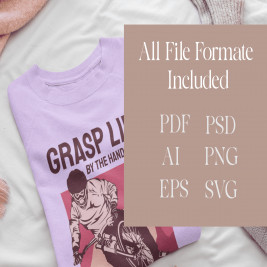.jpg)
The Art of Thread: Exploring Embroidery Techniques
The Art of Thread: Exploring Embroidery Techniques
Introduction: Embroidery is a beautiful and intricate art form that has been practiced for centuries across various cultures around the world. From the delicate stitches of ancient China to the bold, colorful patterns of Mexican embroidery, this craft has a rich history and continues to captivate people today. Whether you’re a beginner looking to explore a new hobby or an experienced stitcher eager to expand your repertoire, this guide will take you through some of the most popular and versatile embroidery techniques.

1. Basic Stitches: The Foundation of Embroidery Every embroidery project starts with a foundation of basic stitches. Mastering these will give you the confidence and skill to tackle more complex designs.
-
Running Stitch: This is the most basic of all stitches, involving a simple in-and-out motion with the needle. It’s often used for outlining shapes or creating dashed lines.
-
Backstitch: Stronger than the running stitch, the backstitch is used for creating solid lines. It’s perfect for outlining and adding detail to your designs.
-
Satin Stitch: The satin stitch is used to fill in areas with solid color. It involves stitching closely spaced lines back and forth to create a smooth, shiny surface.
-
French Knot: A small, decorative knot used to add texture and detail, such as flower centers or eyes. It’s created by wrapping the thread around the needle before pulling it through the fabric.
-
Chain Stitch: This stitch forms a series of loops that resemble a chain. It’s great for outlining and creating textured lines.
2. Advanced Techniques: Elevating Your Embroidery Once you’ve mastered the basics, you can start experimenting with more advanced techniques that add texture, dimension, and complexity to your work.
-
Split Stitch: This is similar to the backstitch but with a twist: each stitch splits the previous stitch, creating a braided effect. It’s ideal for outlining and adding texture.
-
Long and Short Stitch: Often used for shading and creating a gradient effect, the long and short stitch involves alternating between long and short stitches to blend colors smoothly.
-
Bullion Knot: A more advanced version of the French knot, the bullion knot involves wrapping the thread multiple times around the needle to create a longer, thicker knot. It’s often used to create textured elements like roses or spirals.
-
Fishbone Stitch: Perfect for creating leaves and feathers, the fishbone stitch involves overlapping stitches in a way that mimics the structure of a fishbone.
-
Couching: This technique involves laying a thread on the fabric's surface and securing it with small stitches of another thread. It’s great for creating bold lines and adding metallic threads that are too thick to pass through the fabric.
3. Embellishment Techniques: Adding Flair to Your Designs Embellishments can take your embroidery to the next level, adding sparkle, dimension, and interest to your work.
-
Bead Embroidery: Incorporate beads into your designs by stitching them directly onto the fabric. This technique can add a touch of glamour and texture to any piece.
-
Sequins and Rhinestones: For a bit of shine, you can add sequins and rhinestones to your embroidery. These elements are often used in costume design and fashion embroidery.
-
Appliqué: This involves stitching pieces of fabric onto your base fabric to add color and texture. It’s a great way to incorporate different materials into your embroidery.
-
Ribbon Embroidery: Using ribbons instead of thread can create a three-dimensional effect, perfect for adding flowers, leaves, and other motifs with a lush, full appearance.
4. Cultural Embroidery Styles: A World of Inspiration Embroidery techniques vary widely across different cultures, each bringing its own unique style and tradition to the craft.
-
-
Japanese Sashiko: A form of functional embroidery, sashiko uses simple running stitches to create geometric patterns. Traditionally used for mending and reinforcing fabric, it has evolved into a decorative art form.
-
Mexican Otomi: Known for its bold colors and vibrant patterns, Otomi embroidery features animals, plants, and other natural motifs. The designs are often symmetrical and densely packed with detail.
-
Indian Kantha: Originating in Bengal, Kantha involves stitching together layers of old saris with simple running stitches to create lightweight quilts. The stitching often forms intricate, decorative patterns.
-
Russian Pavlovsky Posad: This style features elaborate floral patterns, often in rich, bold colors. It’s commonly seen in shawls and other traditional garments.
-

5. Tips for Successful Embroidery Projects To ensure your embroidery projects turn out beautifully, keep these tips in mind:
-
Choose the Right Fabric: The fabric you choose will impact the ease of stitching and the final appearance of your work. Cotton, linen, and evenweave fabrics are popular choices for their durability and ease of use.
-
Use the Right Needles: Embroidery needles come in various sizes and shapes, each suited for different types of stitches and threads. Make sure you’re using the right needle for your project.
-
Keep Your Tension Consistent: Uneven tension can lead to puckering or loose stitches. Practice keeping a consistent tension as you work to ensure a smooth, even result.
-
Start with a Hoop: An embroidery hoop keeps your fabric taut and makes stitching easier. Choose a hoop that’s appropriate for the size of your project.
-
Experiment with Colors and Textures: Don’t be afraid to mix and match colors, threads, and embellishments to create unique designs. Embroidery is an art, and your creativity is the only limit.
Conclusion: Embroidery is a versatile and rewarding craft that allows you to create stunning textile art. Whether you’re stitching a simple monogram or an elaborate landscape, the techniques and styles you choose will bring your vision to life. With practice and experimentation, you can master the art of thread and create works of art that are uniquely your own. So pick up your needle and thread, and start exploring the endless possibilities of embroidery!


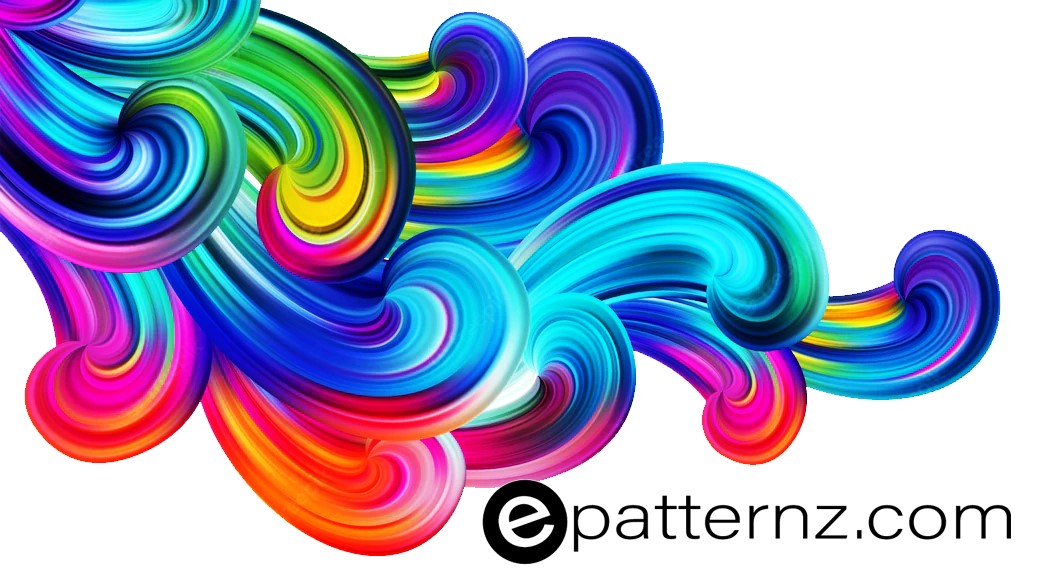
.jpg)
.jpg)




